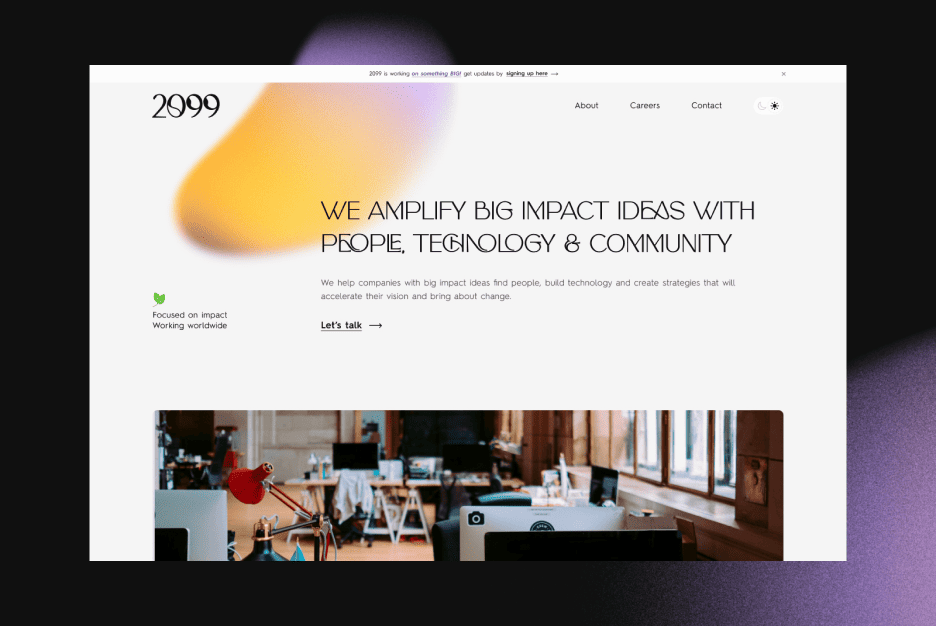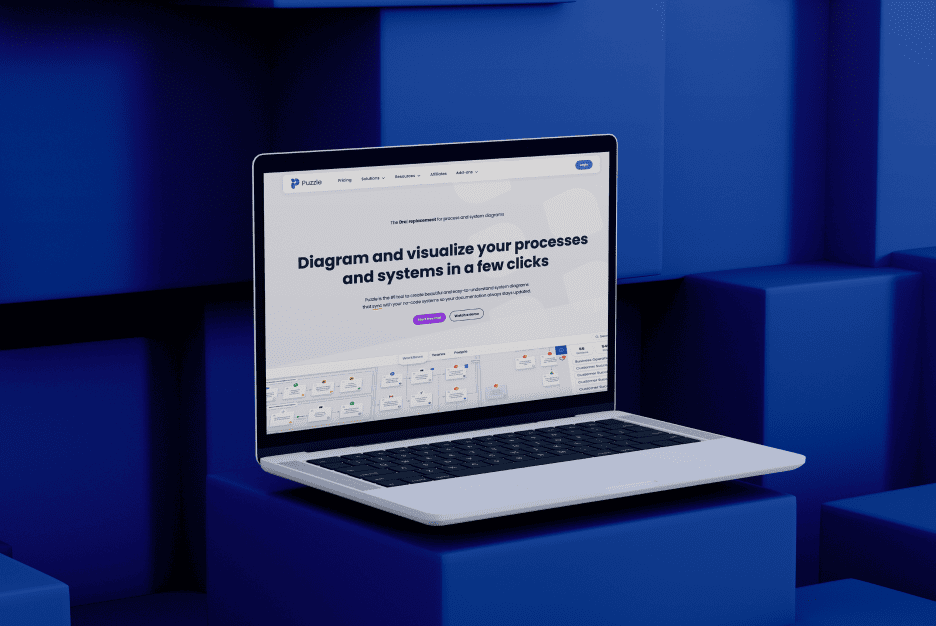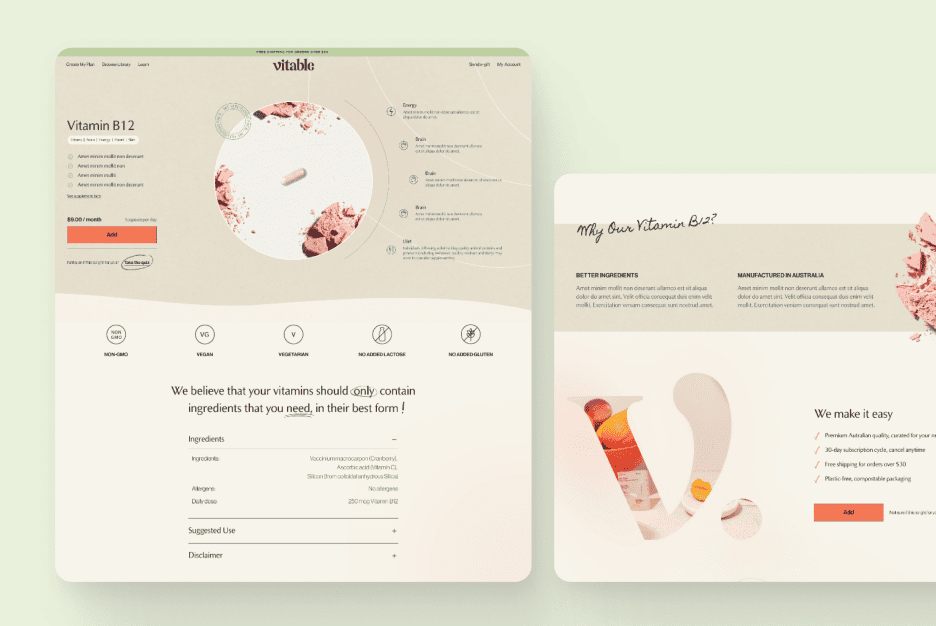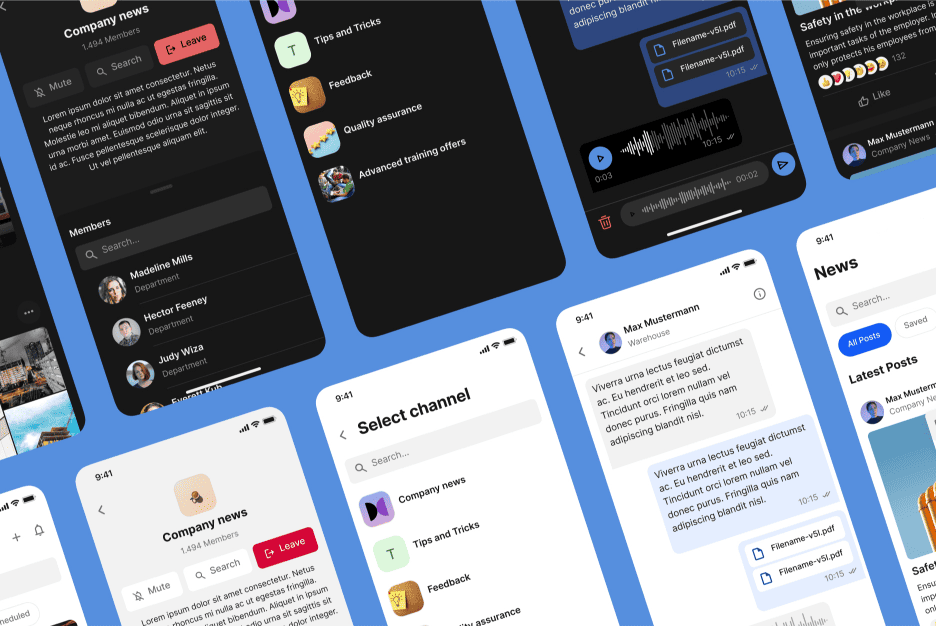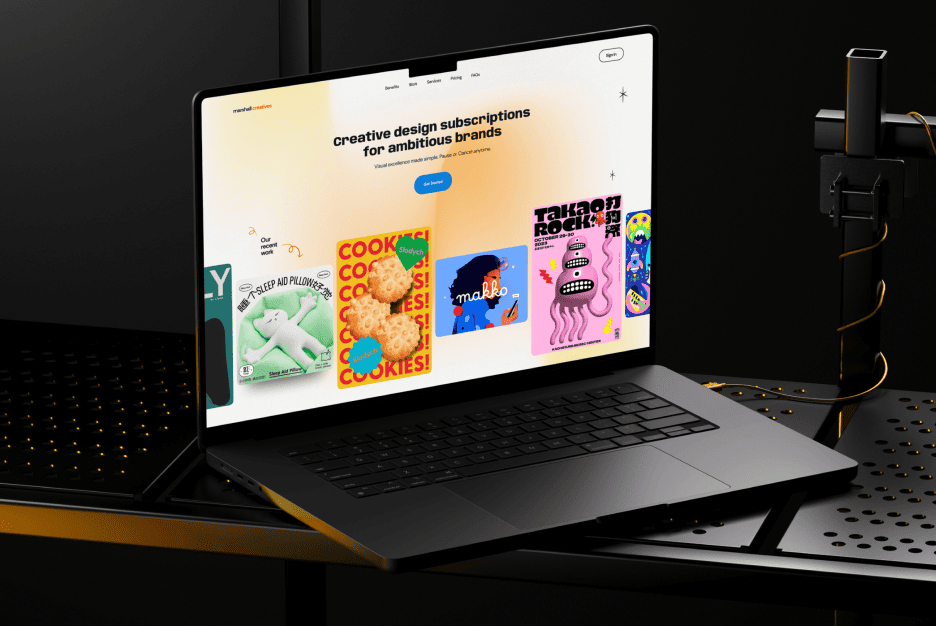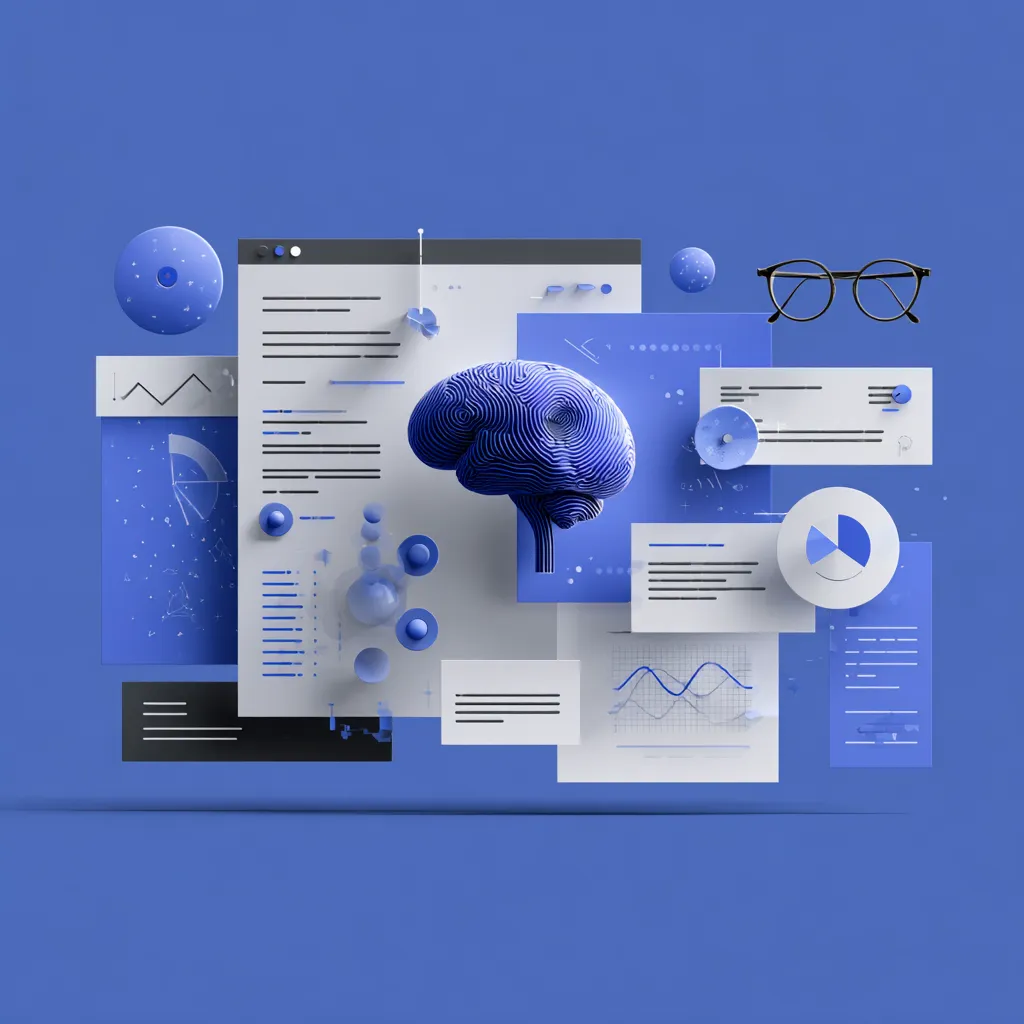Understanding what goes on in a user’s head while they click, scroll, or get stuck staring at a button isn’t just a fun coffee chat topic. It’s the secret sauce behind building interfaces that actually work. In the world of UX, where every pixel can affect behavior, neuroscience has become a superhero, letting us peek deeper than ever before.
What the User’s Brain Hides When Interacting with an Interface
Your brain isn’t just a thinking organ. It reacts to colors, shapes, and even animation speed. For example, a bright red element can trigger stress in an instant, while soft pastel Color Schemes encourage relaxation and focus.
This hidden “brain magic” explains why users sometimes act irrationally. They might click on banners they think are important, purely out of habit. Understanding these nuances allows designers to craft interfaces that feel intuitive, almost like reading minds.
How Neuroscience Helps Understand True Behavioral Motives
The brain is a master at hiding its real motives. We like to think our choices are conscious, but many actions are driven by subconscious processes. Neuroscience helps uncover these hidden drivers.
With tools like functional MRI or eye tracking, researchers can see which interface elements spark emotions and which get ignored. This insight lets designers create experiences that resonate deeply, boosting engagement and satisfaction.
Methods for Studying Brain Activity for UX Designers
Think studying the brain is only for scientists in white coats? Think again. Modern UX teams use a variety of methods to analyze brain activity.
Here are a few popular approaches:
- EEG (Electroencephalography) — measures electrical activity to reveal emotional responses to interface elements.
- Eye Tracking — shows where users look first and what gets ignored.
- Galvanic Skin Response — tracks excitement levels when interacting with specific components.
These tools provide actionable insights, guiding choices for Color Schemes, button placement, and even copywriting.
Neuromarketing vs. UX: Differences and Overlaps
Neuromarketing and UX can seem like twins, but there are key differences. Neuromarketing focuses on how products or ads affect emotions and purchasing motivation, while UX focuses on usability and efficiency.
The overlap is where the magic happens: interfaces that are both visually appealing and actually drive results. Understanding emotional triggers allows UX designers to implement Eco-Friendly approaches that feel positive and memorable.
Practical Cases of Neuroscience in Interface Design
Real-world examples show neuroscience isn’t just lab talk. Companies have tested different Color Schemes, button shapes, and content layouts while monitoring brain reactions and user behavior.
- E-commerce sites boosted conversions by tweaking button sizes and colors.
- Learning platforms used Eye Tracking to find which sections grabbed attention and optimized info placement.
- Gaming apps integrated EEG data to design levels that trigger the right emotions and keep players engaged longer.
Perception Errors and Cognitive Biases Affecting User Experience
The brain loves shortcuts, and sometimes this backfires in UX. Users fall prey to cognitive biases: anchoring, change blindness, and confirmation bias.
For instance, an interface might seem logical to the designer, but users ignore key buttons due to habits or perception quirks. Knowing these pitfalls helps create a more predictable and comfortable experience.
How Brain Data Boosts Conversion and Retention
When you have accurate data on how the brain reacts to every interface element, guessing is out. You know what sparks positive emotions and what annoys users.
This directly impacts conversion: users find what they need faster, bounce less, and return more often. Even small tweaks based on neuroscience can improve retention by double-digit percentages.

The Future of UX Through the Lens of Neurotechnology
The future of UX is exciting. Imagine interfaces that adapt in real-time to a user’s emotional state.
Web3 technologies could unlock new personalization and interaction possibilities, while advanced sensors may integrate brain data into everyday digital products. UX will become not just pretty, but truly “alive” and responsive to people.
Ethical Questions in Using Neuroscience in Design
Of course, with great power comes great responsibility. Brain data can easily slip into manipulation. Transparency and respecting user boundaries are key.
Designers need to ask: Was consent obtained? How are data stored and used? Is the interface turning into a tool of pressure? Addressing these questions is critical for trust and long-term loyalty.
Steps to Implement Neuroscience Methods in Your Product
If you’re ready to integrate neuroscience into your product, start small and structured.
- Define research goals: do you want to boost conversion, retention, or engagement?
- Pick the right methods: EEG, Eye Tracking, or other tools.
- Test and analyze: look for patterns and user responses.
- Apply changes and track effects: tweak your interface based on the insights.
This approach lets you create UX that works on an emotional and subconscious level, not just logic.
